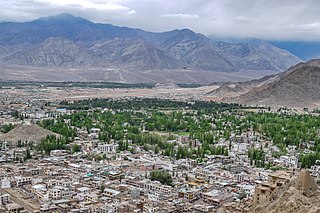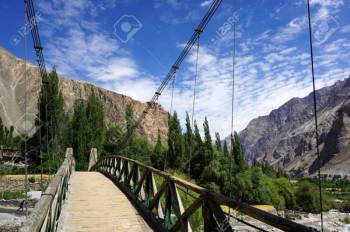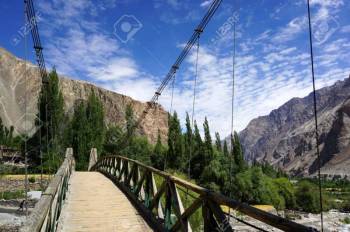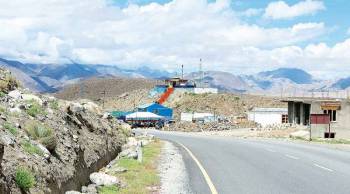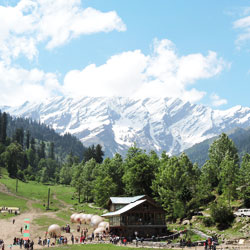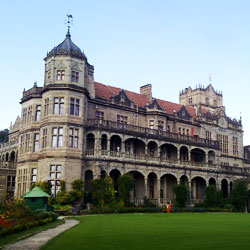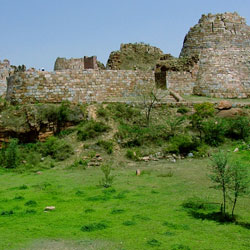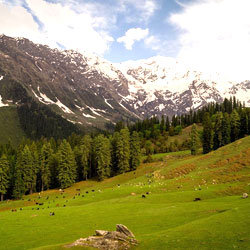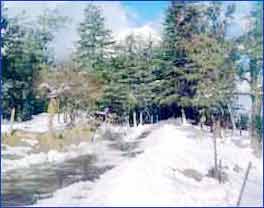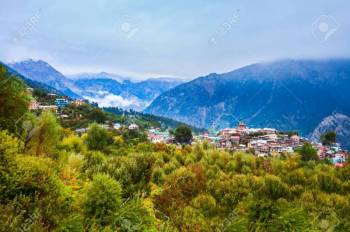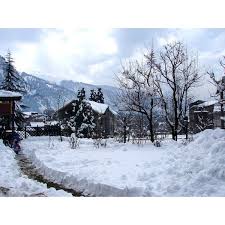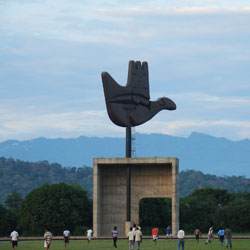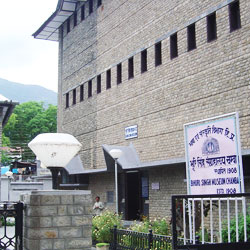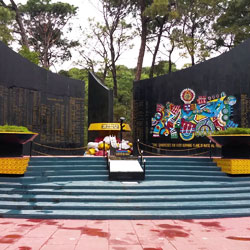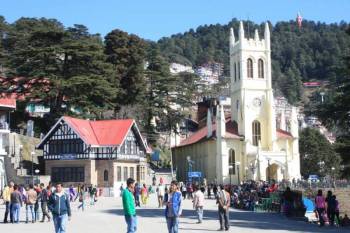Leh Ladakh Tour Package Via Srinagar
Duration : 13 Nights / 14 Days
Destination Covered : Srinagar, Kargil, Alchi, Leh Ladakh
Tour Activities : Hill Stations & Valleys, Lakes & Rivers
Price on Request
Srinagar, Kargil and Alchi Tour Overview
Leh, a high-desert city in the Himalayas, is the capital of the Leh region in northern India’s Jammu and Kashmir state. Originally a stop for trading caravans, Leh is now known for its Buddhist sites and nearby trekking areas. Massive 17th-century Leh Palace, modeled on the Dalai Lama’s former home (Tibet’s Potala Palace), overlooks the old town’s bazaar and mazelike lanes.
Availability: March - November
Srinagar, Kargil and Alchi Tour Itinerary
Kargil : The valleys of Suru, Drass Wakha and Bodkarbo lie midway between the alpine valleys of Kashmir, and the fertile reaches of the Indus valley and Ladakh. The region is politically part of India, ethnically part of Baltistan and geographically and integral part of Ladakh. Geographically, there is little doubt that one has crossed the Himalayan watershed. The steep barren hills now stretch to the snow line. As the snows melt, the waters flow freely down into the heavily irrigated valleys. Here Tibetan-style settlements thrive. Whitewashed mud and stone houses contrast with deep-green barley fields.
Shergol : Between Kargil and Shergol you cross the dividing line between the Muslim and Buddhist areas. The small village of Shergol has a tiny gompa perched halfway up the eastern slope of the mountain. In the afternoon tourists will reach to Kargil.
Mulbekh : There are two gompas on the hillside above the village of Mulbekh. As in other villages, it is wise to Enquire if the gompa is before making the ascent. Just beyond Mulbekh is a huge Chamba statue, an image of a future Buddha, cutting to the rock face beside the road. It’s one of the most interesting stops along the road to Kargil.
Lamayuru : After exploring villages around the area, it comes as a surprise to find that Lamayuru is a scruffy little place. The gompa, is the completely overshadowed and most famous spectacular monastery in Ladakh.
Alchi and Likir Monasteries :
These two monasteries are located near Saspol on the Srinagar-Leh road. They house many gigantic clay statue of Buddha in various forms. The primary attraction of these monasteries is , however, their 1000-year old wall painting which make a visit more than worthwhile.
Hemis Monastery :
This is biggest and the most important monastery in Ladakh. It is situated 49 kms to south of Leh, a little off the main Leh-Manali road. It was built in the 17th century by Chapgon Gyalshas and ever since has enjoyed the patronage of the royal family. Hemis is the headquater of the Drukpa order and all the monasteries throughout Ladakh are administered by it.
Shey Palace and Monastery :
Also on the way to Hemis Gompa and 15 kms from Leh is the summer palace of the erstwhile, Raja of Leh, set upon a hill sitting Buddha wrought with copper and gold that leaves one lama before hand. Many chortens can be seen to the east of the monastery. After the Shey tourists reach to Leh, Main Centre of Ladakh. With the inhabitants of 50,000, Leh is located in small valley just the north of Indus valley.
More Details about Srinagar, Kargil and Alchi Tour
Inclusions
- Hotel
- Sightseeing
- Toyota Innova Transfers
- Accommodation
- Meals
Payments Terms
- * 20% Advance Percentage of total booking amount
Cancellation & Refund Policy
- * Upon cancellation, refund will be made after deducting the Retention Amount.
Packages by Theme

